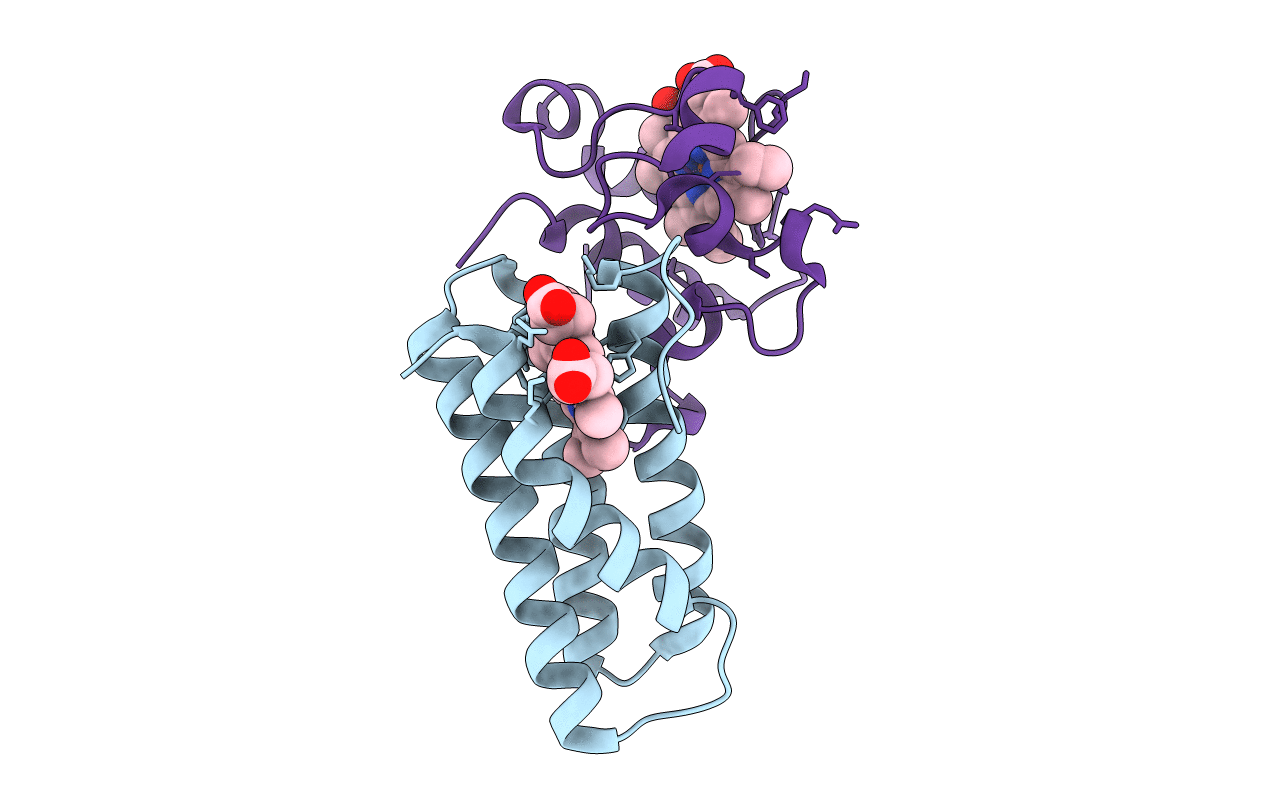
Deposition Date
2019-03-27
Release Date
2019-10-02
Last Version Date
2024-11-20
Entry Detail
PDB ID:
6R6M
Keywords:
Title:
Kusta0087/Kusta0088 Complex purified from Kuenenia stuttgartiensis
Biological Source:
Source Organism:
Kuenenia stuttgartiensis (Taxon ID: 174633)
Method Details:
Experimental Method:
Resolution:
1.70 Å
R-Value Free:
0.21
R-Value Work:
0.18
R-Value Observed:
0.18
Space Group:
P 21 21 2


